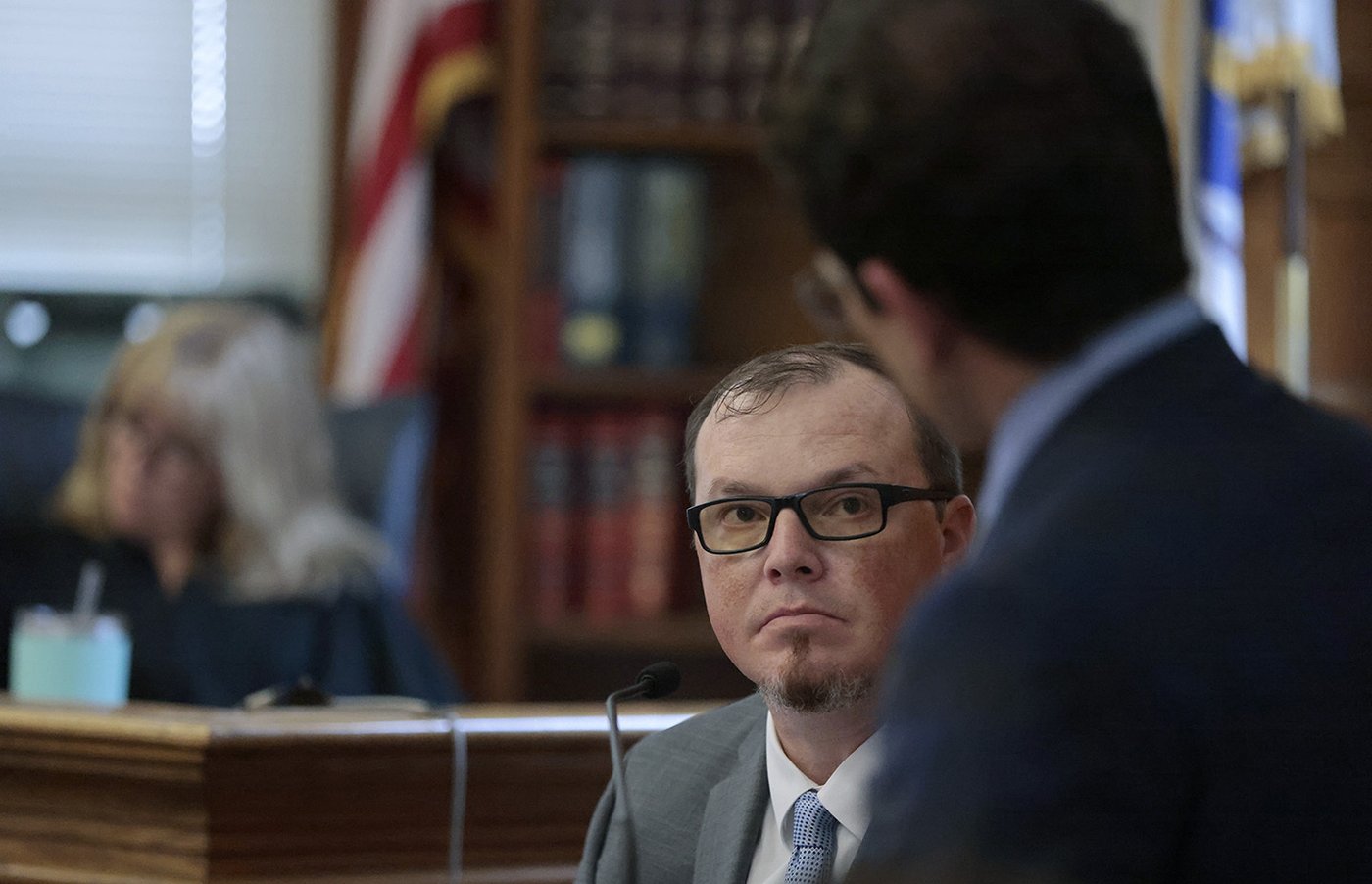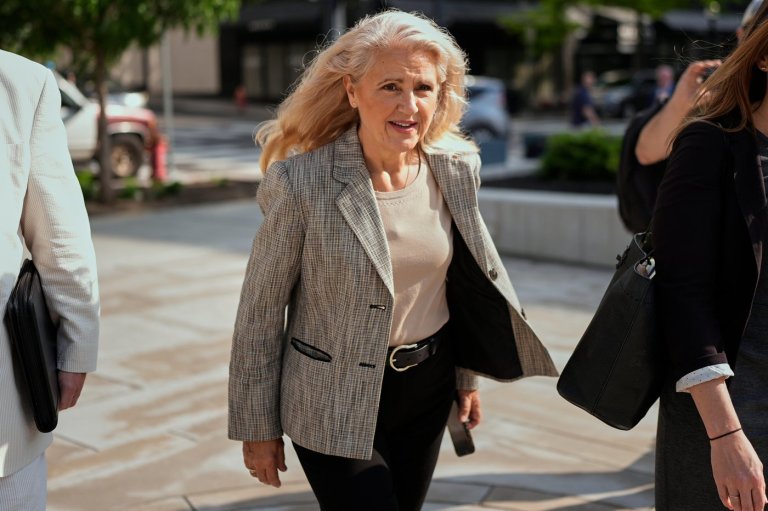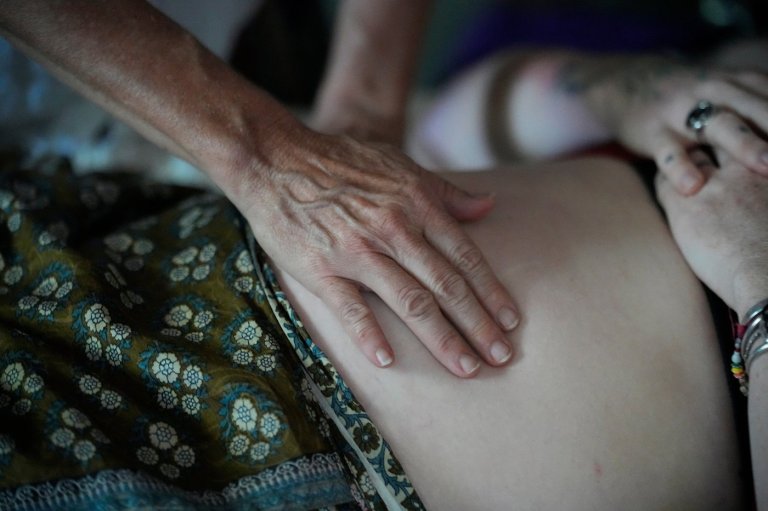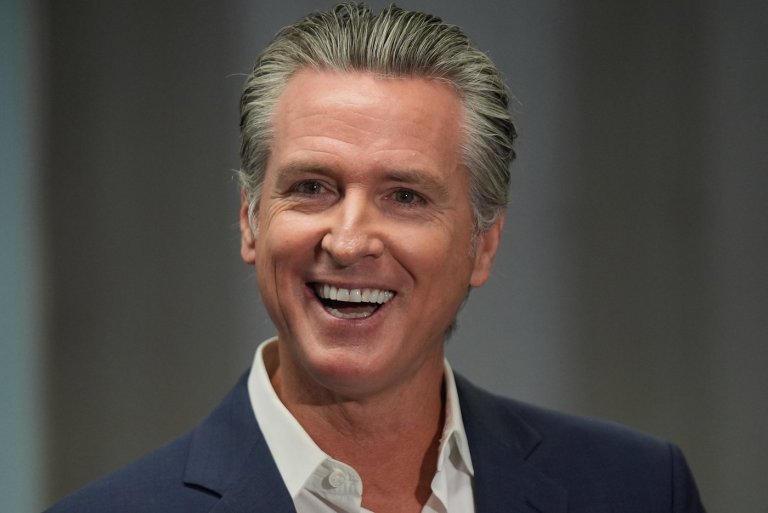Things to know about the retrial of Karen Read in the killing of her police officer boyfriend

A digital forensics expert at Karen Read’s second murder trial on Monday said data was missed from an initial investigation of the vehicle she was driving that can be used to more clearly pinpoint her movements on the morning her boyfriend was killed.
Read, 45, is accused of backing her SUV into John O’Keefe, 46, and leaving him to die on a snowy night in the front yard of another officer’s home after she dropped him off at a party there in January 2022. Her lawyers say she was framed in a police conspiracy and someone inside the home that night must have killed him.
A mistrial was declared last year. Read’s second trial on charges of second-degree murder, manslaughter and leaving the scene has so far appeared to follow similar contours to the first.
Data missed in initial car investigation
Texas-based Shanon Burgess of the accident reconstruction, biomechanics and digital forensics company Aperture LLC testified Monday about a secure digital (SD) card he discovered on a circuit board of one of the vehicle’s modules that wasn’t found during the initial investigation.

The data is critical to helping the prosecution pinpoint a timeline of when they believe Read allegedly hit O’Keefe with her Lexus.
Burgess, who specializes in analysis of digital forensics from vehicles and cell phones, didn’t participate in the initial investigation of Read’s car in 2023. He was called in to complete an investigation in October 2024.
He said cars contain modules that track different data. The card he found, which also contained information like contact lists, call logs, serial numbers and phone numbers for connected devices, detailed time-stamp data about when the vehicle was powered on and off both before and after O’Keefe’s death.
He said when the Lexus is powered on, an internal clock like a stopwatch begins running. When the car performs something like a three-point turn or backing maneuver, a time stamp is created as the clock continues to run.
Using the data pulled from the GPS navigation application Waze from O’Keefe’s cell phone and Ring camera surveillance video, Burgess said he was able to verify the accuracy of the time stamps collected from the Lexus. He could also adjust for any slight variances between the times on different devices.

Defense says analyst’s credentials misleading
Read’s team tried to poke holes in Burgess’s credibility, accusing the analyst of misleading clients about his academic credentials.
Read lawyer Robert Alessi presented Burgess’s biography on the company website, which states that Burgess graduated with bachelor’s degrees in mathematics and business administration from the University of Alabama. Burgess’s LinkedIn profile, previously linked to his employer Aperture’s website, showed him having obtained a bachelor’s degree. On a different CV on the company’s website, Burgess is listed as having earned his bachelor’s degree from Alabama in 2022.
Meanwhile, copies of Burgess’s CV submitted to the court say he is “currently pursuing” the degree but does not yet have one.
Burgess said he graduated in 2015 with an associate’s degree. When Alessi asked when he began “pursuing” his bachelor’s degree, Burgess said 2008.

“If I did the math correctly, you’ve been pursuing a bachelor of science degree for 17 years, correct?” he asked Burgess, asking him whether he was familiar with the terms “mendacity” and “academic dishonesty.”
Burgess said he doesn’t know why his resume on the company website contained inaccuracies, and that it had been a while since he last updated his LinkedIn profile.
Alessi also questioned why Burgess waited to submit a new report about time stamp data obtained via the car modules on May 8, weeks after Read’s trial had begun.
“Do you think it’s fair to submit a report without anybody asking you in the middle of a trial?” he asked the expert. Burgess said the new report contained clarifications, not changes, to a previous analysis.
Last week, Read’s lawyers tried to prevent Burgess’s report from being presented to jurors and Aperture experts from being able to testify. The Read lawyer accused the prosecution of committing a pretrial discovery violation. However, Judge Beverly Cannone allowed the prosecution to proceed.

Police expert details DNA linked to O’Keefe
On Friday, Andre Porto, a forensic scientist who works in the DNA unit of Massachusetts State Police Crime Lab, detailed various items he tested, including the broken rear taillight on Read’s SUV.
Porto found three DNA contributors but only O’Keefe was found to be a likely match. He also tested DNA from parts of a broken cocktail glass found in the yard and only O’Keefe was seen as a likely match. Porto also tested a hair found on the taillight. No human DNA was found on a hair recovered from the right rear panel of the SUV.
In the first trial, Nicholas Bradford, of Bode Technology lab in Virginia, conducted DNA analysis and concluded there was “strong support” to indicate O’Keefe’s DNA was found on the hair sample.
Porto also took DNA samples from stains on O’Keefe’s jeans, sweatshirt and T-shirt. He found DNA from several sources but the only likely match was O’Keefe.

Under cross-examination by defense attorney David Yannetti, Porto acknowledged that he didn’t know the source of the other DNA found on O’Keefe’s clothing and other items.
Porto also acknowledged that he was never was asked to test for the DNA on the taillight of Kevin Albert, who is a Canton police officer, or a former Canton police chief. He also said he was not asked to test the broken cocktail glass for the DNA from Brian Albert, a former Boston police officer who owned the house where O’Keefe was found nor Brian Higgins, an ATF agent who attended a party at Albert’s house that night.
The defense has suggested that O’Keefe died after getting into a fight at the party and that Albert and Higgins could have been responsible.



Join the Conversation!
Want to share your thoughts, add context, or connect with others in your community?
You must be logged in to post a comment.

















